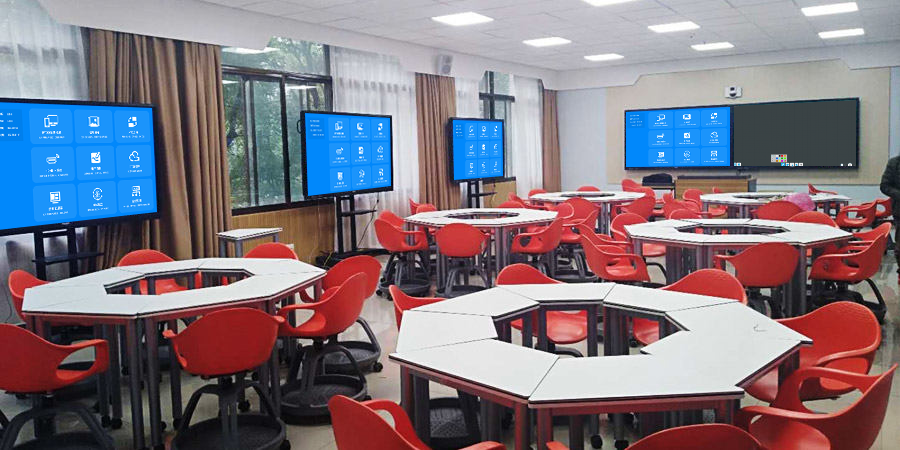When we talk about
smart classrooms, what exactly are we referring to? Is it just a few touchscreen displays or tablets? The true core of a smart classroom lies in “connection” and “interaction”—and the technical cornerstone to achieve this is precisely multi-screen collaboration and wireless screen mirroring.
In traditional electronic classrooms, the podium remains the absolute center. Modern smart classrooms, however, hand over the right to present to every student through wireless screen mirroring technology. Students can instantly cast their ideas and work from tablets or phones to the main screen, transforming the classroom from “one-way indoctrination” to “multi-directional communication”—this is the true essence of an interactive classroom.
Multi-screen collaboration eliminates the isolation between devices. Teachers can cast courseware to the main screen while annotating content on their own tablets. During group discussions, screens from multiple groups can be displayed simultaneously on the main screen for comparison. This in-depth screen interaction forms the neural network of a smart classroom, allowing information to flow freely.
- Stability first: Must choose professional hardware mirroring adapters or stable software solutions to ensure teaching processes are not interrupted by technical issues.
- High compatibility: The solution must support cross-platform devices (Apple, Android, Windows) to guarantee educational equity.
- Easy management: Teachers should be able to control all connected devices with one click, switch signal sources smoothly, and maintain classroom order.
The upgrade of smart classrooms is not just about piling up hardware, but the in-depth integration of teaching concepts and multi-screen collaboration technology. It is creating an efficient, interactive learning space centered on every student.

